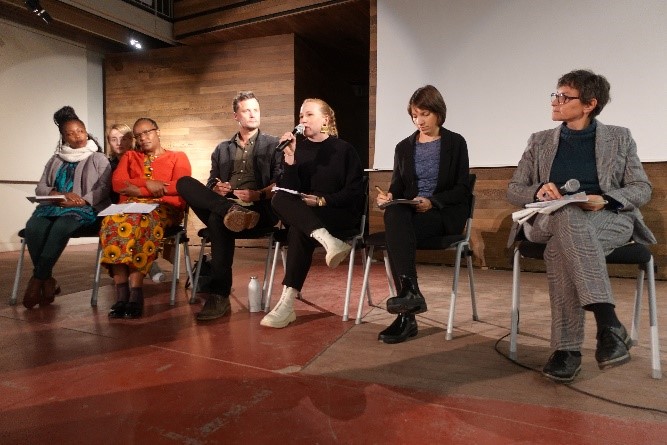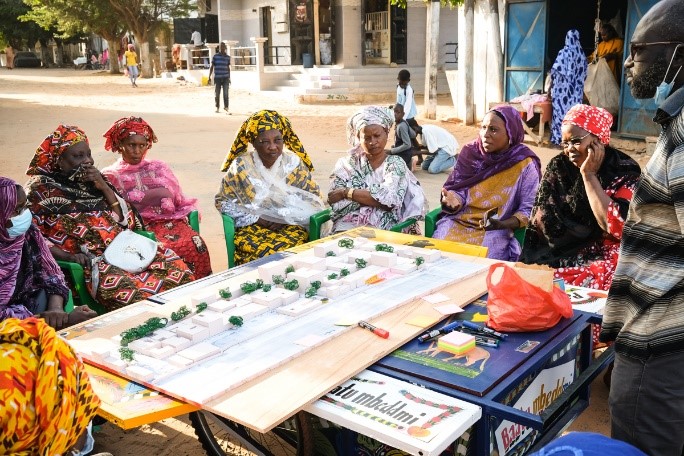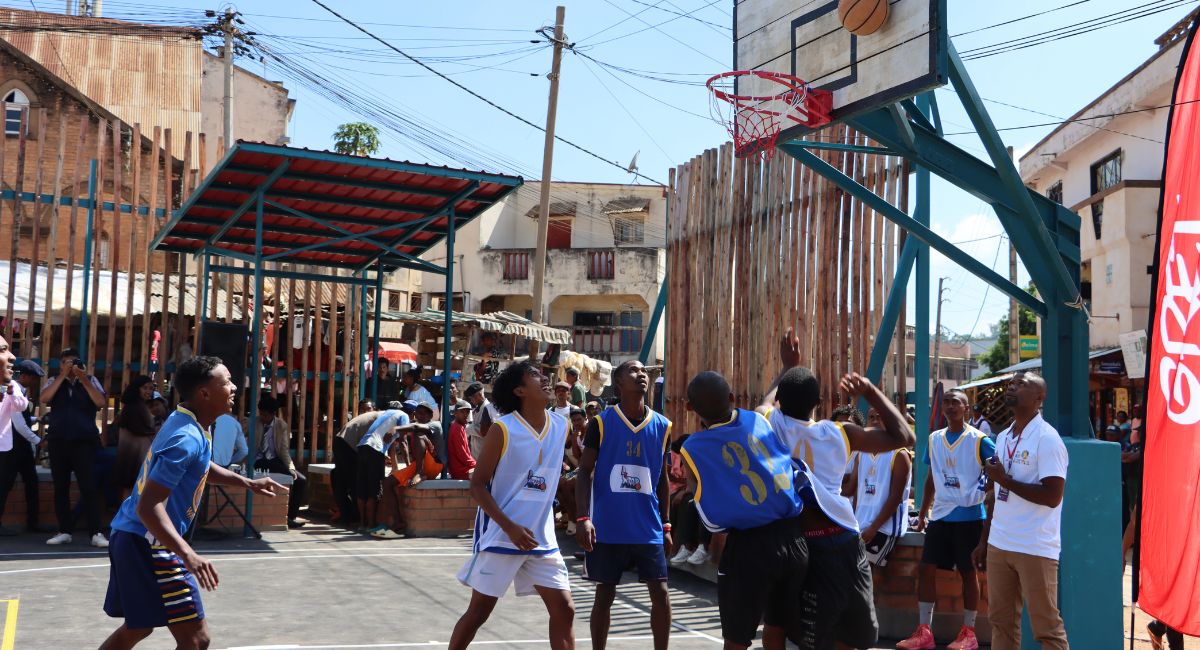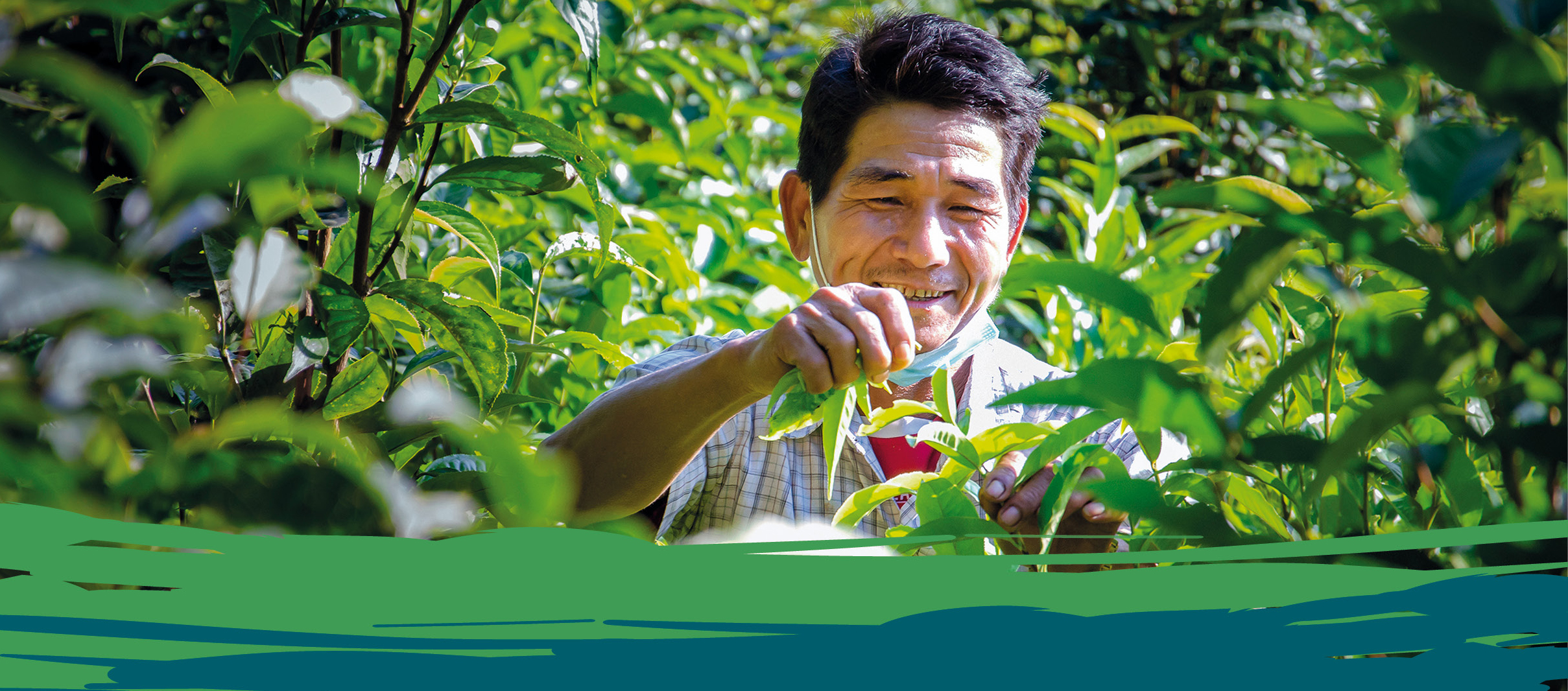Participation by inhabitants, land enhancement, promotion of local resources and short supply channels, working on what exists and better consideration for uses: transitory urbanism is a term that covers very diverse methods and projects. Among several possible definitions, it can be understood as any approach aimed at (re)activating local life, for a set period of time, in spaces that are unoccupied, degraded, or awaiting an urban development operation that has been delayed.
Transitory urbanism projects are currently flourishing in France and across the world. And yet, this new manner of treating urban projects can raise questions. The transitory nature of initiatives may seem at odds with the needs of neighbourhoods and populations, and contradictory to the notion of sustainability. In addition, these practices can correspond to a form of “commodification” of urban spaces and de-politicisation or disengagement of public authorities.
In order to provide some possible answers to these questions, at the European sustainable development week in September, the Urban fabric initiatives facilitation group organised a round table questioning the link between transitory urbanism and sustainable cities.
Hélène Gros from the French National urban renovation agency, Shirley Chebet and Joe Mulligan from Kounkuey Design Initiative (Nairobi urban fabric initiative), Marion Rono from Nairobi Metropolitan Services (Nairobi urban fabric initiative) and Sarah Lecourt (GRET/urban fabric initiatives facilitation programme) participated in the discussions at this round table.

Do transitory urbanism projects have a transformative power? What are the limits or challenges encountered?
Sarah Lecourt, GRET: In the Urban fabric initiative* projects, transitory urbanism projects really do have a transformative power. The long-term goal of the Urban fabric initiatives is to make urban practices evolve for greater participation, involving all stakeholders, rather than “just” working on temporary projects. But the concept of transitory urbanism makes it possible to favour the development of public spaces. Its transitory nature reassures communes and project owners, in particular regarding land issues, because it is easier to promote a fixed-term project with facilities that can be disassembled. However, in reality, with the Urban fabric initiatives, we are seeing that the urban development and facilities in question tend to become permanent. This is because they respond to populations’ essential needs, because during the period in which the project is implemented, public institutions’ awareness was raised, dialogue was established and all the stakeholders are reassured and convinced of the need for – and the added value of – participative projects and development of the public space.
Essentially, transitory urbanism is a tool, a Trojan horse making it possible to strengthen participative practices among stakeholders and users in territories. It has the power to transform and renew ways of developing cities and changing the ecosystem (practices, ways of creating and thinking about the urban fabric).
In terms of limits and challenges, this change in practices and the sustainability of developments make it possible to overcome the tension that may exist between the notion of transitory and the notion of sustainability. But, at the same time, making transitory urbanism projects sustainable also means taking the risk of making sustainable developments with transitory resources. Much thought should therefore be given to how to make projects designed as temporary become sustainable. If we want to strengthen the link between the sustainable and the transitory, the tools and methodology need to be refined. In cases where the project transitions from temporary to sustainable, there are substantial management issues in a context where human and financial resources are usually lacking.
Hélène Gros, ANRU: Transitory urbanism is innovative in that it takes users’ opinions into account to design the city. In fact, it comes back to the idea that, if we take users’ points of view into account and test uses with transitory urbanism, we make more sustainable developments because they will be better maintained, less degraded, more useful and therefore more virtuous.
One issue is the generalisation of this principle, we want to encourage transitory urbanism, not small-scale exemplary initiatives, but a broader practice by local, urban stakeholders. This is why equipping project leaders is so important. As an example, this is what we are doing with the guidebook entitled “The innovation handbook”. Now, the challenge consists of steering transitory urbanism towards subjects around resilience, i.e. how to include adaptation to climate change in tests, prefiguration (economic, social, vegetal) to test new approaches making it possible to cope better with future shocks.
Marion Rono, Nairobi Metropolitan Services: Transitory urbanism can be permanent and can be transformative. In the Magourou neighbourhood in Nairobi, 42 partners worked on a project. These partners came from different backgrounds (NGOs, researchers, government, students, etc.) and worked together to create planning for the neighbourhood. What began as a small participative project is now continuing and is included in maps of the city. The government subsequently invested substantial amounts to create infrastructures. What started out as transitory became permanent. On the other hand, what is permanent can become defective and transitory. Sometimes, very large projects are conducted with a lot of investments, but they do not take populations’ actual needs into consideration. In that case, these projects, no matter how large they are, do not provide added value to inhabitants and are not always sustainable.
* As real laboratories of citizen-led initiatives, the Urban fabric initiatives are systems for development of the public space. Designed with populations, they prefigure or complement large urban development projects funded by Agence française de développement (AFD) and led by local public institutions. The Urban fabric initiatives are inspired by participative and transitory urban planning practices in Europe, Latin America and North America. They are constructed with inhabitants to respond to local issues and aspirations. The Urban fabric initiatives favour exercising the right to the city by investing or reinvesting in unused spaces. They call for more collaborative, inclusive urban planning that is in keeping with local specificities. They bring together stakeholders and users of public spaces – public authorities, associations, economic stakeholders, inhabitants, and technicians, encouraged by urban fabric initiative operators who act as facilitators and enable dialogue between all parties.
The promising results of pilot projects launched in Tunisia and Ouagadougou in 2018 gave rise to the launch of new Urban fabric initiatives in Dakar, Abidjan, Nairobi, and soon to come in Antananarivo.
An Urban fabric initiatives network facilitated by GRET (project leader), urbaMonde, Cabanon vertical and urbaSEN, was created to support the set-up and roll-out of new initiatives, and capitalise on these approaches in order to inform debate on sustainable, participative urban development.






